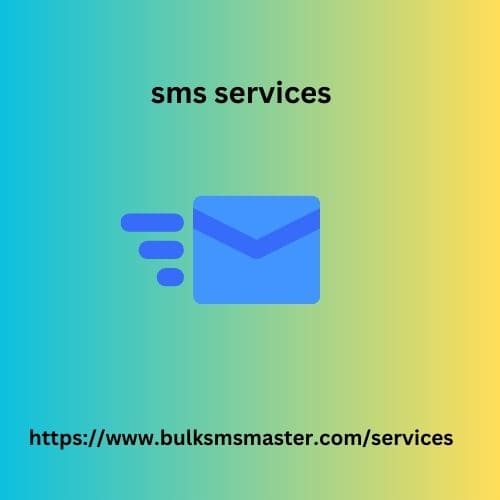When it comes to email marketing, you’ve probably heard a lot about it. Like, email marketing has the highest ROI for e-commerce companies. It’s true – for every dollar you spend, you can earn $38. Based on this stat alone, many brands have decided to embrace this old-school but effective way to connect with (and convert) customers. However, the only thing you can do is grow your email list . The secret to success lies in whether you have an effective website pop-up strategy.
Pop-ups have a reputation for being intrusive, but when used correctly, they can be an effective tool for attracting potential customers, boosting sales, and enhancing the user experience.
What are website pop-ups?
Website pop-ups are small sms services windows that appear on your computer screen when you visit a website or use certain applications. Pop-ups are designed to attract your attention and display information such as advertisements, notifications, or requests for action.
Now that you understand what they are, let’s look at seven best practices you should keep in mind when setting up your popup campaigns.
Different Types of Website Pop-ups
Before we dive into popup best practices, it’s crucial to first cover the different types of website popups . The popups you should use in your marketing campaigns include exit-intent popups, time-based popups, scroll-triggered popups, welcome mat popups, and greeting bar popups.
Let’s take a closer look.
Exit-Intent Popups
These are usually used for any website that is owned by a knowledgeable person . The goal of the promotion (i.e. PPC ads or social media links) is to increase traffic to your website.
The whole point of your website is to attract visitors and make them stay. But when they don’t – you can use exit intent popups to change their minds, or at least capture their email before they leave.
Scroll-triggered popups
Maybe you send visitors to a blog post, product page, or other page landing page . In this case, you can set it up so that the popup appears when they reach a certain point on the page (i.e. the middle or the end).
Scroll-triggered popups are great for making offers to people who have shown interest (by reading/scrolling down the page).
Time-based pop-ups
On the other hand, if you want to get leads from visitors who spend a certain amount of time on your website, then you can use time-based popups.
You can set them to appear after 30 seconds, a minute, or other time intervals. This also helps target potential customers who are interested in your content .
Hello Bar popup
These pop-ups are more unique – they appear at the top or bottom of the web page. The only problem with these is that they don’t pop up in person. Instead, it’s always there.
You’ll find it at the top of many e-commerce sites that want everyone to know about their free shipping, 25% off all products, or other promotions.
Welcome screen pop-up
These popups are different from other popups because it takes up the entire screen. You’ll find some brands using it to promote a new eBook, a course they built , or other products.
You can use this popup when you want every visitor to see your offer as soon as they enter your website.
Now, let’s move on to discussing best practices for using these popups.
1. Trigger website pop-ups at the right time
Pop-ups are intrusive and can be annoying at times. Finding a way to display your website’s pop-ups at the optimal time is crucial.
Otherwise, you run the risk of most of your visitors exiting your popup without converting. The timing 10 labor day marketing ideas worth implementing of your popup will depend on your offer, your visitors, and the type of popup you use.
For example, if you use an exit-intent popup, then you should obviously trigger it when a visitor is about to click away from your site.
On the other hand, if you are trying to convince users to read more of your content, then using scroll-triggered popups on your blog posts is the way to go. This way, you can entice readers to subscribe to your newsletter, which includes tips and links to new blog posts.
2. Split test each website pop-up campaign
Whether you have one popup or ten, you need to make sure you experiment with all of them. This is the only way to increase the effectiveness of your marketing campaigns.
You can do this by setting up deb directory two different popups targeting the same audience (i.e. new visitors or visitors who purchased shoes). Each website popup should be similar but have a unique difference, such as a different headline, copy, or offer.
Change only one thing at a time so you know what makes your popup perform better than another.
3. Choose your offer carefully
What ultimately separates a high-performing website popup from a bad one is the offer. Assuming you get your website popup in front of your target audience at the right time.
If the offer doesn’t pique their interest, then it’s better not to have any pop-ups at all.
This is where A/B split testing comes in. Experimenting with your offers will help you determine which ones perform best.
The idea is to choose offers that are relevant to your visitors and their intent. Why are they on your site? If they are shopping around, then you can grab their attention with a discount code or a free shipping offer.
On the other hand, if they’re there looking for information, then you can offer a free eBook download or a case study.

